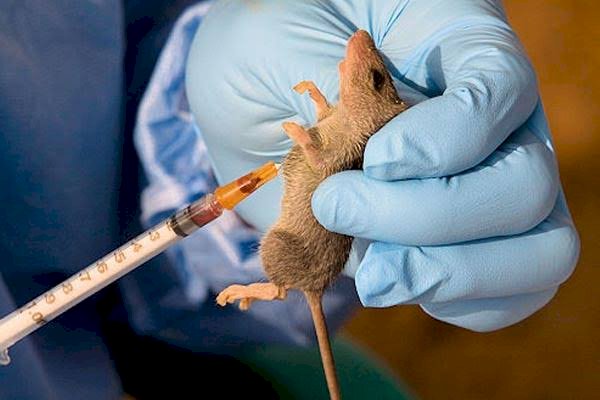Lassa Fever Hits Nigeria Again, Guidelines to Stay Safe
NCDC disclosed that no fewer than 172 suspected cases were reported in last few days.

The Federal Government, on January 22, declared Lassa fever a national outbreak. This was done owing to unprecedented increase in number of cases and deaths recorded from the disease in last few days.
Nigeria Center for Disease Control (NCDC) confirmed that no fewer than 3, 498 suspected cases of Lassa fever were reported across Nigeria in 2018, out of which 633 were confirmed positive. Twenty probable and 2, 853 negative cases, 171 deaths were recorded in 2018.
Regrettably, Edo State contributed 80 per cent of the confirmed cases (44 per cent). Ondo and Ebonyi states contributed 25 and 11 per cent respectively.
In addition to that, 45 health care workers were affected in seven states namely: Ebonyi (16), Edo (15), Ondo (8), Kogi (2), Nasarawa (1), Taraba (1) and Abia (1), and 10 of them died in the course of the service.
NCDC said no fewer than 172 suspected cases were reported in last few days.
Sixty cases were confirmed positive, while 112 confirmed negative and 16 persons died of the epidemic since the 2019 outbreak.
It said its Emergency Operation Centres (EOC), which comprises of representatives from the World Health Organisation (WHO), Federal Ministries of Agriculture and Rural Development, and Environment, US Center for Disease Control, as well as other partners, have been activated to coordinate urgent response to the outbreak.
READ ALSO:
"Stop drinking Garri in Nigeria" Experts warns Against Lassa Fever
Basic information about the epidemic
Lassa fever is a viral infection caused by the Lassa fever virus. The virus is primarily transmitted to humans via contact with excreta from rats. The disease occurs throughout the year, but more cases are recorded during the dry season.
The NCDC revealed that Lassa fever is spread through direct contact with urine, faeces, saliva or blood of infected rats.
Eating food or drinking water contaminated with urine, faeces, saliva or blood of infected rats is another course of contracting it.
It can also easily spread from person-to-person through contact with blood, urine, saliva, throat secretion or semen of an infected person, touching of floors, beddings and household materials contaminated with urine, faeces, saliva or blood of rats or an infected person.
The vulnerable persons
People of all age groups who come in contact with the urine, faeces, saliva or blood of rats can easily contract the virus.
Also, people living in dirty environments, caregivers of persons infected with Lassa fever and health workers providing direct care to patients without universal precautions are also at the risk of cpntracting the disease.
Other category of people is hospital staff who clean and disinfect contaminated surfaces, materials and supplies. Also, laboratory staff who handle blood samples from suspected Lassa fever cases, medical or support staff who prepare or handle dead bodies of Lassa fever patients without appropriate precautions are vulnerable too are at risk.
Signs and symptoms
Early symptoms of Lassa fever are similar to those of malaria. In this regard, it is advisable that anyone who feels headache or fever should quickly walk into a health facility for a Rapid Diagnostic Test (RDT) for malaria.
However, medical research had indicated that symptoms become real from two to 21 days after contact with Lassa fever virus. It usually start with fever and general body weakness. It will continue with high fever (38.5oC or above), sore throat, vomiting, diarrhea, back pain, cough, chest pain, abdominal pain, restlessness swelling of the face, bleeding through body openings (nose, ears, eyes, mouth, etc.)
Guidelines to prevent infection
Experts say people should avoid all contact with rats (dead or alive) as well as keep the house and surrounding clean always. Block all holes around the house and clear all bushes around the house to avoid breeding sites for rats.
In addition to that, put refuse into covered dustbins and dispose appropriately. Set traps round the house to eliminate rat and fumigate the surroundings periodically.
It is advisable to store food items in rat-proof and covered containers. Cover all cooked food and water to prevent contamination by urine, faeces, saliva or blood of rats, wash fruits and vegetables with clean water before eating.
Avoid spreading food items along roadsides and open spaces to avoid rat infestation. Medical experts advised that gloves and protective gowns are worn when caring for suspected or confirmed Lassa fever patient.
Treatment
Lassa fever can be treated but that depends on how early it is detected. Early presentation to a healthcare facility increases the chances of survival.





































